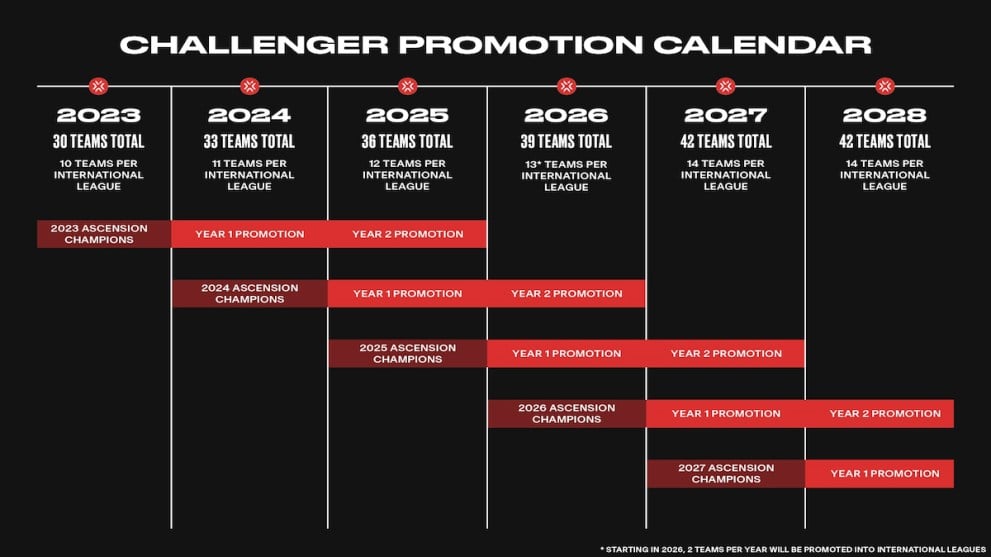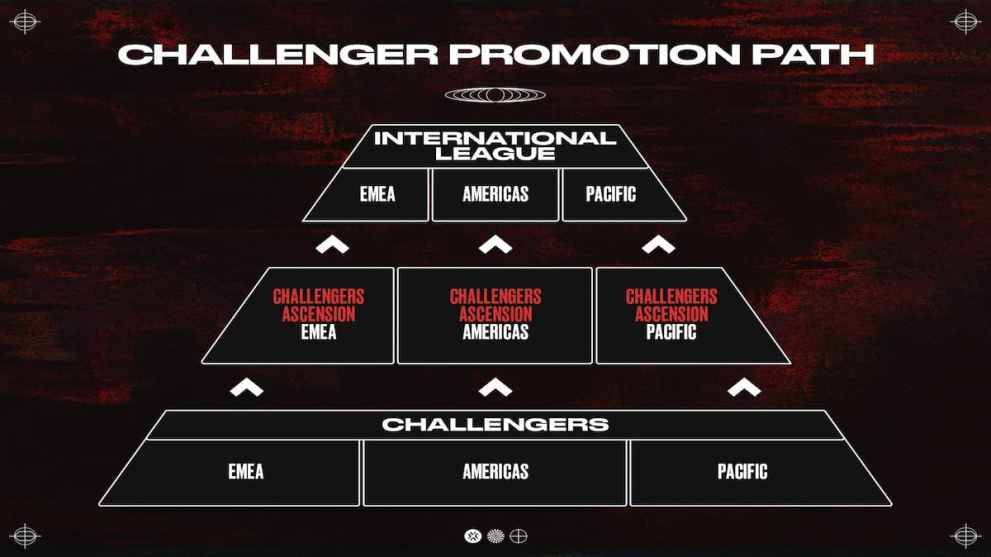Valorant has been one of the industry’s fastest-growing esports since its launch in 2020, from an early ‘Ignition’ series of disparate regional tournaments to a fully-fledged global circuit called the Valorant Champions Tour today. Next year, the competition is set to transform entirely into an all-new franchised system that will see entire regions melded together, comprised of an elite number of hand-selected organizations. It’s a move that has been both praised as forward-thinking and criticized as controversial.
Most of the criticism has focused on the impact of franchising on the Tier 2 scene. It’s an issue that similarly decimated Overwatch’s competitive Tier 2 scene after the arrival of The Overwatch League, with smaller organizations having nothing to play for and no route into Tier 1 play.
At a glance, Riot Games’ Valorant franchising system seemed as though it too would suffer the same fate. And, indeed, the past few months have seen a number of high-profile Valorant rosters dropped as the organizations whom they have been representing seemingly haven’t made the cut for a Riot Games franchising partnership.

Today, however, Riot revealed more about its franchising system moving forward in a detailed article; crucially, confirming that a route to a promotion does exist for Tier 2 teams. Put simply, each of the new super leagues being formed (eg. North America, South America, and LATAM combined) will expand by a single team per year until they reach a hard cap of 14. They’ll start with 10 next year once 2023’s season kicks off.
To decide which team lands a spot in the hallowed grounds of Tier 1 Valorant, Riot is introducing a new tournament called Challengers Ascension. It’s essentially an international competition for the winner of the regional Challengers events that already exist today. There will be 21 of these regional competitions, each given its own scheduling so that they don’t conflict with the Tier 1 scene and have their chance in the spotlight.

Riot has also outlined its plans to go a step beyond merely supporting the Tier 2 scene by integrating a grassroots competitive online scene designed to grant even amateur players a path to the very elite of the scene. The much-anticipated tournament mode is still in development and will offer an in-game competition system to qualify for regional Challengers.
You can find a more detailed overview by checking out the article in its entirety. Riot has promised further information and details later this year.
